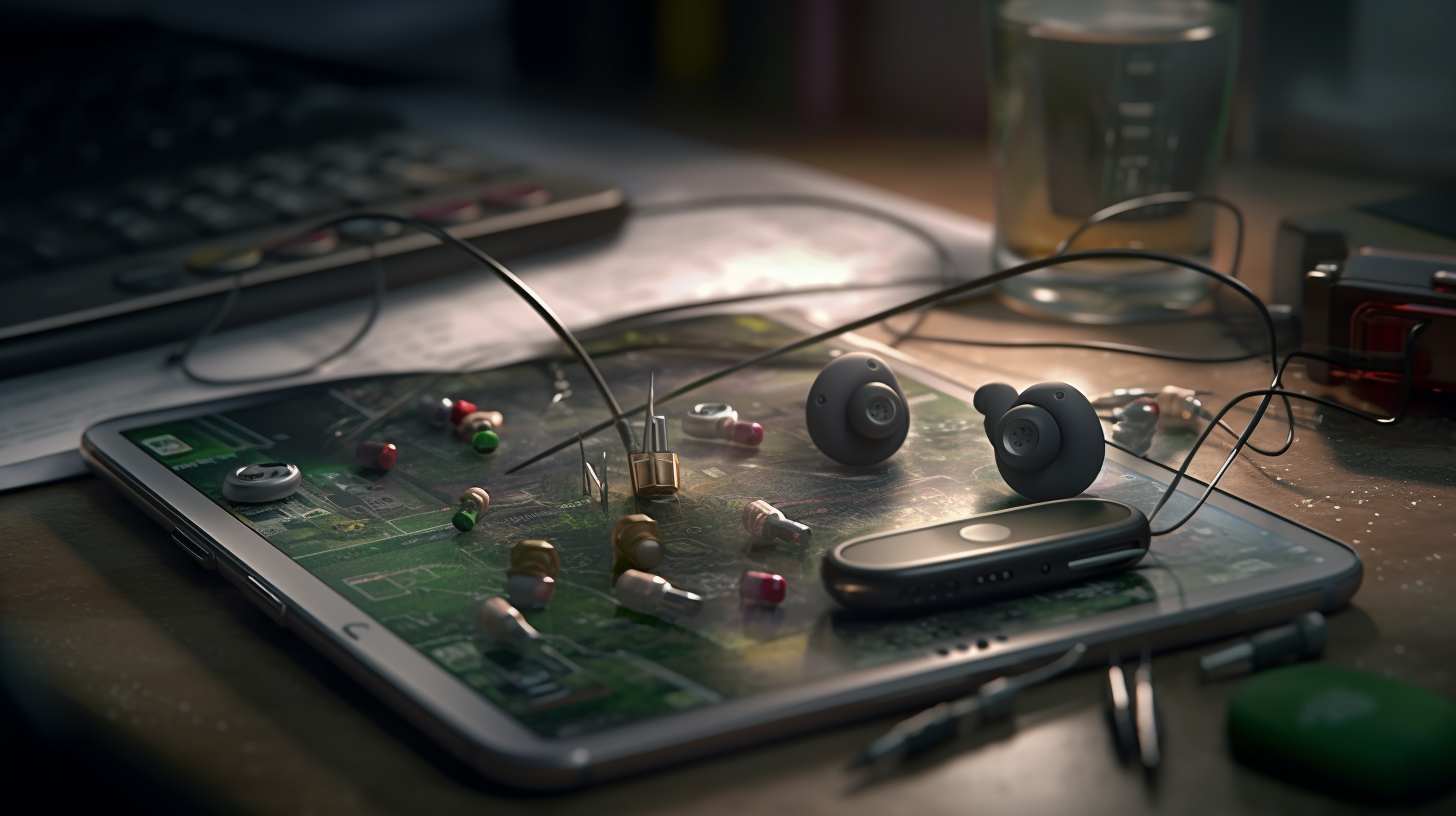Unraveling the Complexity: Configuring Accessories and Ports of Mobile Devices

Right out of the gate, we're confronting this enormous task head-on. Well, when we discuss the CompTIA A+ Core 1 exam, we're not dealing with something trivial. We're tackling a demanding exam that puts us to the test and demands an in-depth knowledge of configuring mobile devices and their accessories. But hang on there, champ! Hold off on that panic button - we're stepping in to give you some comfort. We're handing over the comprehensive insights you need to conquer this giant.
Nuts and Bolts: An Academic Perspective
Shall we kick things off with the academic basics? We understand it might feel dry, but stick with us. We consider the act of setting up and configuring accessories and ports of mobile devices a critical aspect of IT operations and management. It involves intricate understanding of several components such as the operating system, hardware specifications, peripheral devices and the functionality of various ports.
Now, before you zone out, dial back on your panic. This isn't rocket science, okay? We must comprehend each piece of the puzzle and how they interconnect. For example, the operating system of a mobile device takes control and manages the device's hardware. This provides a platform for the application software to perform their tasks.
Moving on to hardware specifications, it refers to the physical attributes of the mobile device. These might include factors like screen size, battery capacity, and processor speed. Chargers, earphones, SD cards, and other peripherals are what we can connect to the mobile device. And remember the ports - they form the connection interface for these peripheral devices and the mobile device.
Brace Yourself: The Number Crunch
Alright, are we ready to dive headfirst into some truly staggering stats? CompTIA reveals a touch above 75% as the first-time pass rate for the A+ Core 1 (220-1001). My friend, these numbers aren't plucked out of thin air. They underscore the brutal reality of the challenge we're facing. Equipping ourselves with this knowledge, however, we'll prep more efficiently and rev up our odds.
We're eking out an existence in a cutthroat world where only the fittest survive. Overwhelming numbers crash over us when we analyze stats about mobile device ports and accessories. A whopping 80% of mobile device users report having had to connect at least one accessory to their device within the last 12 months. And these aren't just one-time affairs. That very survey also discovered that 65% of mobile device users make a daily connection of an accessory to their device. If this doesn't underscore the topic's significance and relevancy, we're not sure what will.
Going Back to the Roots with AlphaPrep
Now, it's time to pump the brakes and rewind a tad. Remember AlphaPrep? Those cool cats have been creating study resources for IT certification exams for ages now. Whether it's comprehensive learning materials or interactive practice, they have it all wrapped up in a neat little package. Relating back to them, they have an excellent preparation guide for setting up and configuring accessories and ports of mobile devices. Folks, it's akin to nailing a bull's eye. You'll discover a wealth of resources, crafted specifically to guide your journey to dominate the CompTIA A+ Core 1 exam.
Folks, always remember, the path to succeeding in any undertaking, even acing the CompTIA A+ exam, is built on solid preparation. So, buckle up, hit those books, and let AlphaPrep guide you to victory. After all, the world of IT waits for no one, and those mobile device accessories and ports aren't going to configure themselves, are they?